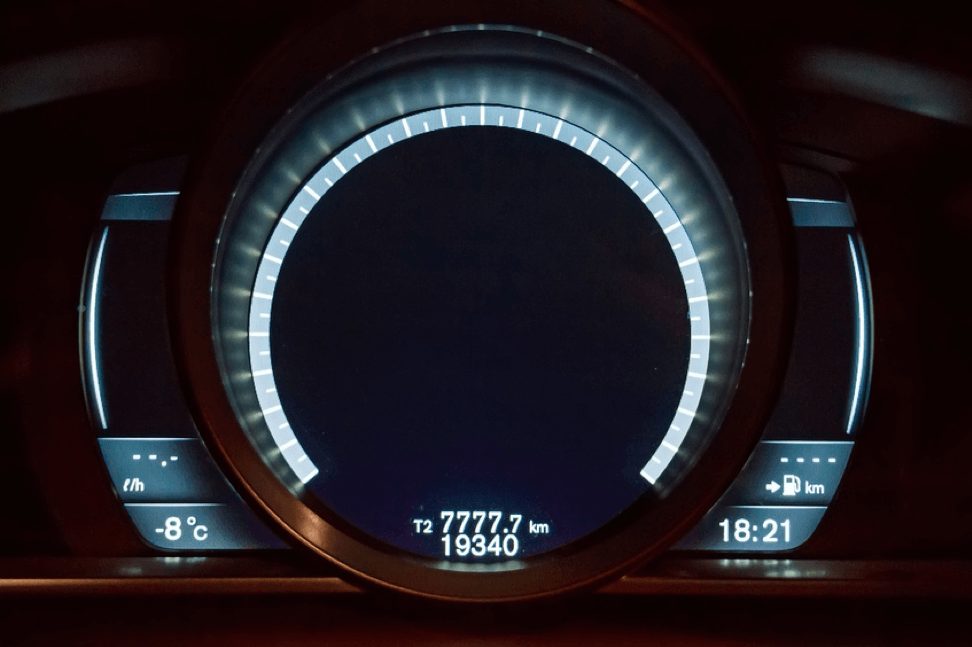Video
Cable Operators Harmonize Around HDR10 for High Dynamic Range Video

Cable ready to deploy both on-demand and live HDR services
High dynamic range, or HDR, marks the latest in a series of enhancements to dramatically improve the quality of video delivered either live, or on demand, within the cable industry. And, with a proverbial sigh-of-relief, cable operators have recently harmonized around HDR10 as a starting point to begin deploying these services, leaving room for further optimized solutions going forward.

Crawl, walk, run.
Think of it as having reached the first stage in a “crawl, walk, run” approach.
HDR is grounded by a simple design objective; i.e. make the darkest parts of the video seem even darker while making the brightest parts seem even brighter. Everything else in the video should scale accordingly.
For the mathematician, this is a simple problem, but for the cable operators, not so much.
More than one way to skin the cat
It turns out that there is a cornucopia of possible solutions to implement HDR. Hence, choosing which one to deploy requires the equivalent of navigating a complex neural network of solution pros and cons that would put to shame even the smartest artificial intelligence algorithm. Then, following that decision-making process, which could result in different answers for each operator, there is the issue of finding content producers that happen to be producing the content in a way to leverage the chosen path. All of this to achieve the goal of delivering high-quality content that will appear consistently regardless of whether it is delivered live or on-demand, or whether it is being viewed on any one of a plethora of devices, including television sets, readers, laptops, phones, and tablets.
But, why so difficult?
Solutions to implement HDR vary, depending on the camera settings used to capture the video, and the settings for the types of displays used to consume the video. Further complicating the issue for cable operators is that the on-demand video workflow is not always identical to the live production video workflow. And, consequently, at any point between video production to video consumption, the video itself is relayed across a network of devices that may not be completely tuned for the chosen solution. To put it concretely, the more complicated the HDR solution is, the easier it is for the video to get mangled in the network.

Making matters even worse
Each of the solutions has at least one bonafide standard backing it from a legitimate standards-developing-organization or SDO. SDO’s that have adopted HDR standards include ATSC, ETSI, SMPTE, and MPEG.
From simple to not-so-simple solution designs, how to make HDR work?
The most straightforward way to implement an HDR workflow is to literally modify each pixel of the video with what are called electromagnetic optical transfer curves while the video is being produced. But this has the “con” that small variations in the luminance for each video stream are not necessarily and properly accounted for. Nevertheless, the results are very good. Such designs consistent with this strategy include solutions called: PQ10 and Hybrid Log Gamma (HLG).
A slightly more complex solution will build on the above PQ10 solution to include metadata to signal variations in luminance between video streams. This solution is known as HDR10.
Finally, the comparatively more difficult-to-implement solutions will signal variations between the luminance between each scene in each video stream by providing metadata for each scene prior to the scene itself. Another more difficult-to-implement solution is to encode a standard dynamic range (SDR) signal separately from a side-stream of information to enhance the signal from SDR to HDR.
So, why even bother with the more complicated solutions?
The answer is, as one might expect, that the more difficult-to-implement solutions can produce better results. The complexity for a cable operator is, however, that the additional metadata or side-stream information requires more fine-tuning of all of the underlying network components, both for live and on-demand.
Cable roadmap: start with HDR10 and then optimize
Earlier this year, CableLabs facilitated meetings of its members to study candidate roadmaps, taking into account both near and longer-term solutions for the delivery of HDR services. Following that study of all potential ways-forward, cable operators successfully developed their roadmap, which is: start with HDR10 and build further optimizations into their networks from there. The benefit includes a harmonized approach leaving room for all other solutions, including HLG, as conversion from HDR10 to HLG is a relatively simple process. Other more complex solutions can also be subsequently deployed as the corresponding network components are added to support these services. For content producers, there is the benefit of having a clearly-defined starting point for their cable network business partners.

Finally, cable operators can send the white-smoke signal; cable is ready to deliver HDR.
--
Want to learn more about HDR in the future? Make sure to subscribe to our blog by clicking below.


